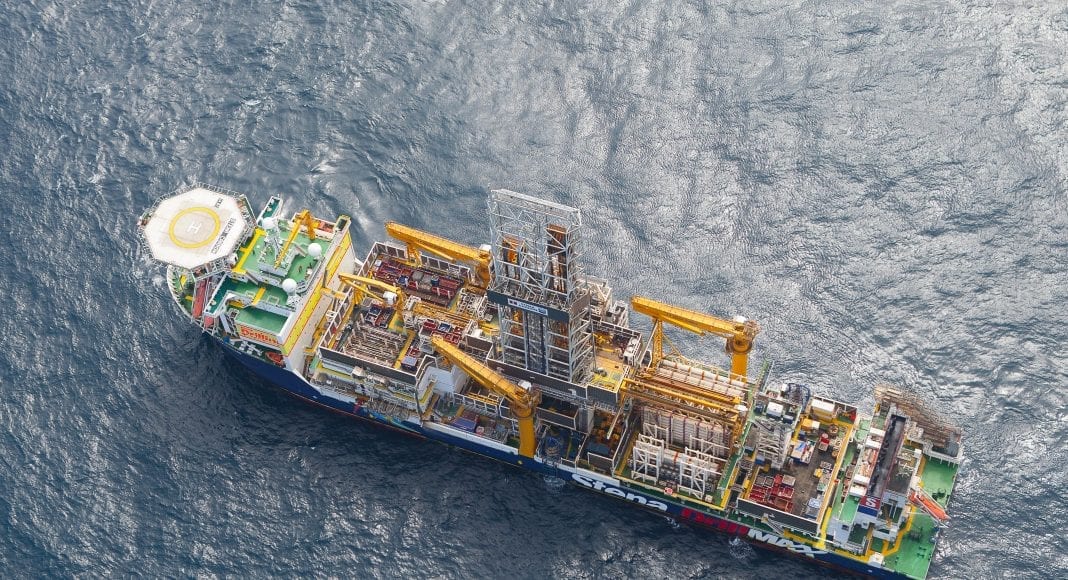Following publication of BP’s annual Statistical Review, each year Rystad Energy releases its own analysis of the global energy landscape to provide an independent, data-based comparison and evaluation. Continuing the trend from previous years, Rystad Energy’s 2022 review shows a sizeable drop in recoverable oil resources in what could deal a major blow to global energy security.
According to Rystad Energy analysis, global recoverable oil now totals an estimated 1,572 billion barrels, a drop of almost 9% since last year and 152 billion fewer barrels than 2021’s total. Recoverable oil corresponds to the industry term “remaining technically recoverable crude oil and lease condensate”, i.e. expected volumes including fields, discoveries and risked future discoveries.
Guyana preparing to produce billions of barrels of crude as global supply capacity set to erode
Rystad Energy said the drop in reserves is driven by the 30 billion barrels of oil produced last year, plus a significant reduction in undiscovered resources, to the tune of 120 billion barrels. The US offshore sector has contributed the largest total to that drop, where 20 billion barrels of oil will remain in the ground, largely thanks to leasing bans on federal land.
Of the 1,572 billion barrels of technically recoverable oil, only about 1,200 billion barrels are likely to be economically viable before 2100 at $50 per barrel. This economically extractable oil would contribute about 0.1˚C of additional global warming by 2050, and somewhat less by 2100 thanks to natural carbon sinks.
“While the drop in oil availability is positive news for the environment, it may threaten to further destabilize an already precarious energy landscape,” says Per Magnus Nysveen, Rystad Energy’s head of analysis. “Energy security is a matter of redundancy; we need more of everything to meet the growing demand for transport and any action to curb supply will quickly backfire on pump prices worldwide, including large producers such as the US.”
Nysveen said politicians and investors can find success by targeting energy consumption, encouraging electrification of the transport sector and drastically improving fuel efficiency.
But the need for new barrels to be added remains important if the world is to avoid a global energy security crisis.
Countries like Guyana, where ExxonMobil has found close to 11 billion barrels of oil equivalent (boe) since 2015, and its neighnbour Suriname, where multiple discoveries have pushed proven resources to above an estimated 6.5 billion boe, will remain vital.
Guyana now producing over 300,000 barrels of oil per day – Bharrat
Looking at the period from 2017 to the year to date, Rystad Energy said South America takes top spot among all continents in terms of discovered hydrocarbons.
Exxon targeting 2.6 billion barrels of oil at four Guyana projects
“This is mainly attributed to Guyana, which takes top spot in the region due to the plethora of finds on the prolific ExxonMobil-operated Stabroek Block. The region has seen close to 14.5 billion barrels of discovered resources in the given period, of which Guyana accounts for 65%, followed by Suriname with 15%,” Rystad Energy has pointed out.



